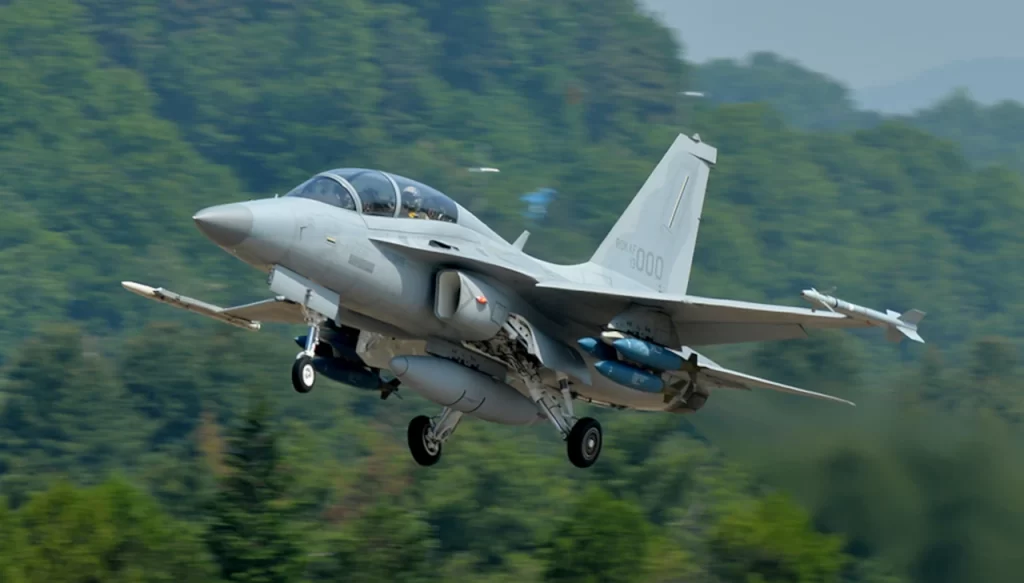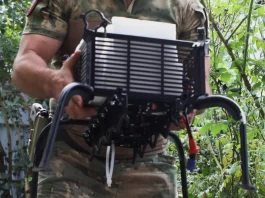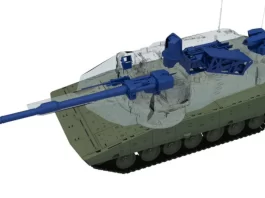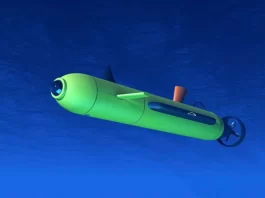Korea Aerospace Industries, a South Korean company, plans to develop the F-50, a lightweight single-seat aircraft for military purposes.
According to the Korea IT Times, a decision to invest in creating a single-seat version was taken during a business board meeting.
KAI intends to grab more than half of the global market for light combat aircraft by producing a single-seat version of the FA-50.
Recent sales of the FA-50 to Poland and Malaysia encouraged KAI to renew its previous ambitions to develop a single-seat version. Initially, these designs were set aside to build the KF-21 fighter.

The development of the F-50 is expected to cost 355.6 billion won ($273.5 million).
The single-seat aircraft, designated as the F-50, will be offered to countries that still use outmoded aircraft models such as the F-5, A-37, A-4, and Soviet-era “MiG” and “Su” versions.
To address the demands of these countries, the F-50 will be made-to-order based on the client’s exact requirements.
The multirole light combat aircraft FA-50 is the cornerstone of South Korean exports, with 138 units sold. The demand for cheap platforms of this nature remains high.
KAI aspires to achieve a market share of more than 50% in the single-seat combat aircraft market in the medium term, with over 450 units sold, including exports and domestic orders.
The company expects total sales of the F-50 to approach 300 units, with Malaysia serving as the initial customer.
To save money, the F-50 will keep its overall exterior appearance. Special emphasis will be placed on extending the flying range by replacing the rear seat with a big fuel tank and offering air refuelling capability.
Enhancing the range of air-to-air and air-to-ground missile capabilities will be a major step forward. The project’s implementation is scheduled to begin this year and be completed by 2028.






